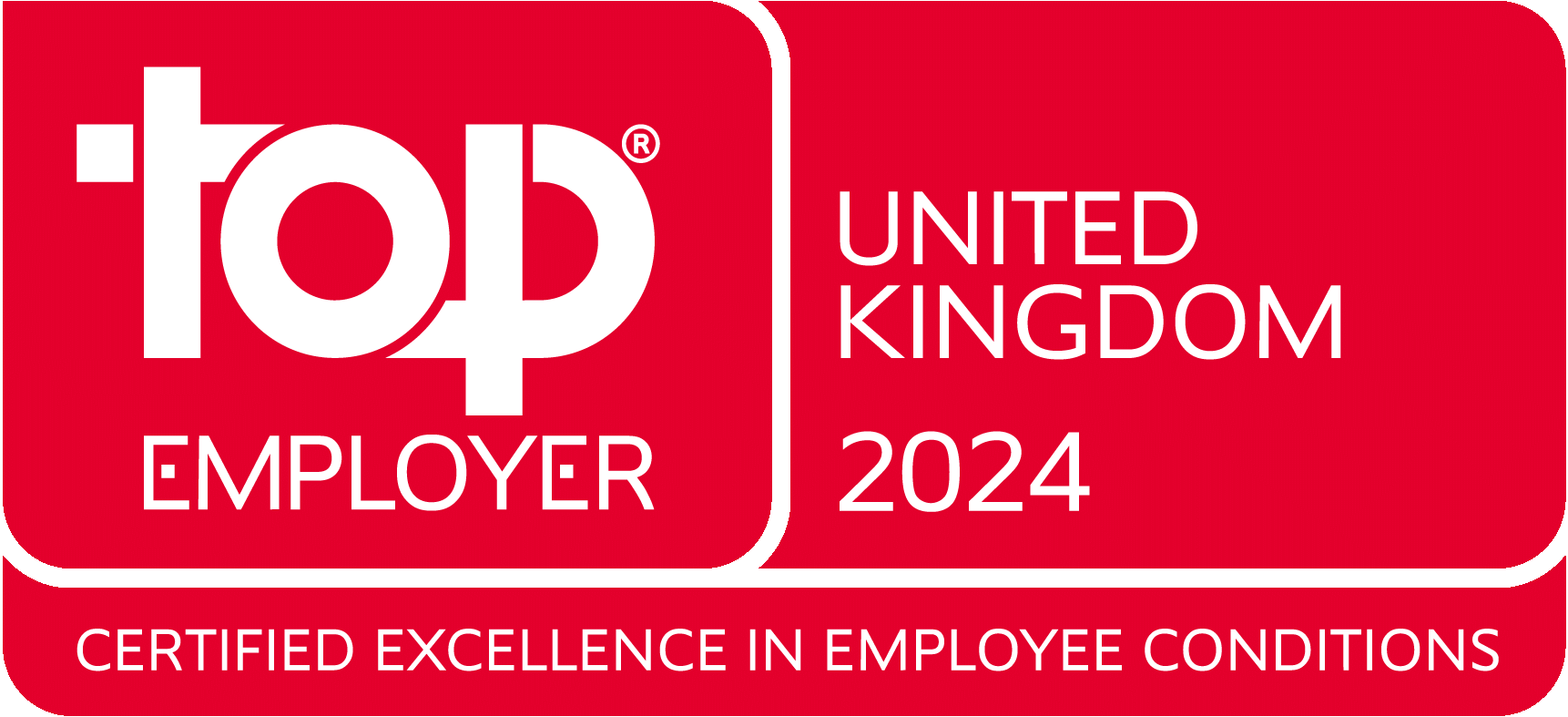HMRC publishes GMP equalisation guidance on historical transfers and conversion
Introduction
On 6 April 2022, HMRC released further guidance on some of the pensions tax issues associated with equalising benefits for the effect of GMPs. The guidance focuses specifically on tax issues arising in respect of correcting past transfers out and some of the tax issues arising on GMP conversion.
Click here for a PDF of this Alert.
In this Alert
Key points
- Where trustees need to take corrective action in respect of a historical transfer out, from HMRC’s perspective, this could potentially be addressed either by way of a transfer payment to another scheme or a lump sum paid directly to the member.
- A top-up transfer to another pension scheme will generally be an authorised payment, as long as the conditions for a “recognised transfer” are satisfied.
- The authorised lump sum options are a “relevant accretion”, a small lump sum payment, or a winding-up lump sum provided, in each case, that the relevant conditions are met.
- Helpfully, HMRC also provides long hoped for views on the pensions tax implications of GMP conversion, but only for existing pensioners as it needs to “undertake further work” in respect of deferred members.
Background
HMRC has already produced two pieces of guidance on the tax implications of GMP equalisation following the Lloyds No.1 case. The first focused on the impact on the AA and LTA of benefit adjustments solely for the purpose of GMP equalisation, and the second on the payment of past and future lump sums. However, they both stopped short of looking at some of the trickier areas.
In Lloyds No.3, the judge concluded that the trustees owed a duty to a transferring member to make a transfer payment which was correctly calculated, reflecting the member’s right to equalised benefits. Where that duty has been breached, trustees are on the hook to pay a top-up to the receiving scheme. However, a receiving scheme may be unwilling to accept a top-up or, depending on the passage of time, the scheme may no longer exist. No firm conclusions were reached in Lloyds No.3 regarding possible alternative routes, with the outcome likely to boil down to what the parties agree or what a Court might order, including the possibility of “compensation in lieu”.
Whilst PASA has published useful guidance on dealing with historical transfers out, there were some uncertainties as to the tax treatment of any top-up payments.
GMP equalisation – historical transfers out
Where a historical transfer payment out of a scheme was underpaid as a result of GMP inequality, HMRC’s latest guidance looks at the possibility of paying a top-up payment (i) to another pension scheme or (ii) directly to the member.
Top-up transfer to another pension scheme
In order for it to be an authorised payment, the latest guidance explains that a top-up payment to another pension scheme must satisfy the conditions for a recognised transfer, as those conditions stand at the time the top-up transfer is made. HMRC expects GMP equalisation top-up transfers will generally meet these conditions. The receiving scheme, which may be the same scheme to which the original transfer payment was made or a different scheme, must either be a registered pension scheme or a QROPS.
Lump sum payment to the member
HMRC confirms that trustees can pay the top-up directly to the member as a lump sum where it meets the relevant payment conditions at the time the payment is made.
Relevant accretion
Trustees can make a payment of up to £10,000 to an individual as a “relevant accretion”. Various conditions must be met, including that:
- the trustees must not have been aware at the time of the original transfer payment (and were “not regarded as reasonably expected to have been aware”) that the member was entitled to a benefit under the transferring scheme. HMRC confirms this will be the case for GMP equalisation purposes as long as at the time of the original transfer the trustees weren’t in a position to know that particular member was entitled to a further benefit and the amount
- the original transfer must have been a recognised transfer in respect of the member, ie it must have been paid from a registered pension scheme either to another registered pension scheme or to a QROPS. This therefore precludes historical transfers made before the current tax regime came into force on 6 April 2006 (A-Day) being corrected by payment of a relevant accretion, as the original payment would not have been made from a registered pension scheme
- the payment must be made no later than six months “after the date the accretion occurs”. This period starts when the trustees have “established that the member has an actual entitlement to a top-up payment and the amount of that payment”. HMRC goes on to explain that this means that the trustees have traced the member and obtained any necessary information required to make the payment, such as bank details or consents.
Small lump sum payment
As an alternative, trustees may be able to pay a “small pot” lump sum payment of up to £10,000 provided certain conditions are met, including that the individual has reached NMPA.
However, this route may be of limited use when correcting more recent transfers out. This is because such a payment will not be authorised for tax purposes where there has been a recognised transfer from the scheme (or, in some cases, a related scheme) in respect of the member in the last three years.
Winding-up lump sum payment
Where the pension scheme is winding up, HMRC confirms that the lump sum may be paid as a winding-up lump sum of up to £18,000, provided the other conditions for making such a payment are met.
Taxation of payment to member
The starting point when paying such lump sums is that they are taxed as pension income. But the first 25% of any payment in respect of uncrystallised benefits will generally be tax-free, reflecting a member’s right to tax-free cash on retirement.
Annual allowance
The guidance confirms that there will be no AA implications where a GMP equalisation top-up transfer payment is made or a lump sum alternative is paid directly to the individual. HMRC’s February 2020 guidance explains the AA implications of making benefit adjustments in the context of GMP equalisation.
Transitional tax protections
Certain transitional protections can continue to apply after a transfer, but only where all of the sums and assets relating to the member and at least one other member are transferred in a single transaction, known as a “block transfer”.
If the original transfer was part of a block transfer, HMRC confirms that it will remain a block transfer even if the original scheme trustees then pay a top-up payment as either a recognised transfer or as an authorised lump sum. However, HMRC warns that paying an additional transfer in respect of a member could result in a loss of fixed or enhanced protection if the additional transfer is not a “permitted transfer”.
GMP conversion
For the purposes of the guidance, HMRC assumes that “post conversion benefits have the same or virtually the same actuarial value as the pre conversion benefits”.
Members who have not retired or deferred members
Where a member has been deferred throughout an AA testing period, or is deferred and then becomes a pensioner, then provided benefits do not increase above an inflationary amount they are treated as having nothing to test against the AA. This is known as the “deferred member carve-out” or “DMCO”.
HMRC notes that the AA position of deferred members may be impacted in the tax year of conversion. In particular, the removal of the GMP rules may cause the loss of the member’s DMCO and result in a pension input amount calculation for AA purposes for the tax year, as well as for subsequent tax years. As a consequence, HMRC needs to “undertake further work in this area to determine the appropriate outcome and treatment, and the potential for any legislative change”.
HMRC also notes that GMP conversion may cause the loss of fixed protection, so advises schemes to “consider the tax implications that may arise for these members”.
Pensioners
Where GMP conversion is undertaken for members whose pension is already in payment, HMRC confirms that the following should apply:
- AA – conversion of a pensioner’s GMP benefit after retirement would not constitute benefit accrual and so there would be nothing to test against the AA
- fixed protection – conversion of a pensioner’s benefit any time after retirement would not trigger the loss of fixed protection, provided all benefits in the arrangement have been crystallised
- LTA – conversion of a pensioner’s benefit could trigger a test against the LTA, known as a benefit crystallisation event (or “BCE”), specifically a BCE3 if it results in an immediate jump in pension beyond a permitted margin. HMRC provides some detail on how to assess the pension increase for these purposes.
Members who left pensionable service before 6 April 2006
Individuals who became deferred members in respect of a particular arrangement before 6 April 2006, and have remained outside of the AA requirements since that date, are not subject to the post A-Day tax regime. HMRC confirms that, as long as their post-conversion benefits are actuarially equivalent to their pre-conversion benefits, then these individuals should continue to remain outside of the current tax regime, with no AA implications.
What’s next?
HMRC is continuing to work through the pensions tax issues associated with GMP conversion with its Industry Working Group, and will provide further updates in future newsletters. In the meantime, a Private Member’s Bill, which has Government support, is currently making its way through Parliament and looks set to address some of the requirements of the GMP conversion legislation which can pose problems in practice. So watch this space…
If you have any questions on any of the above, please speak to your usual Sackers contact.











